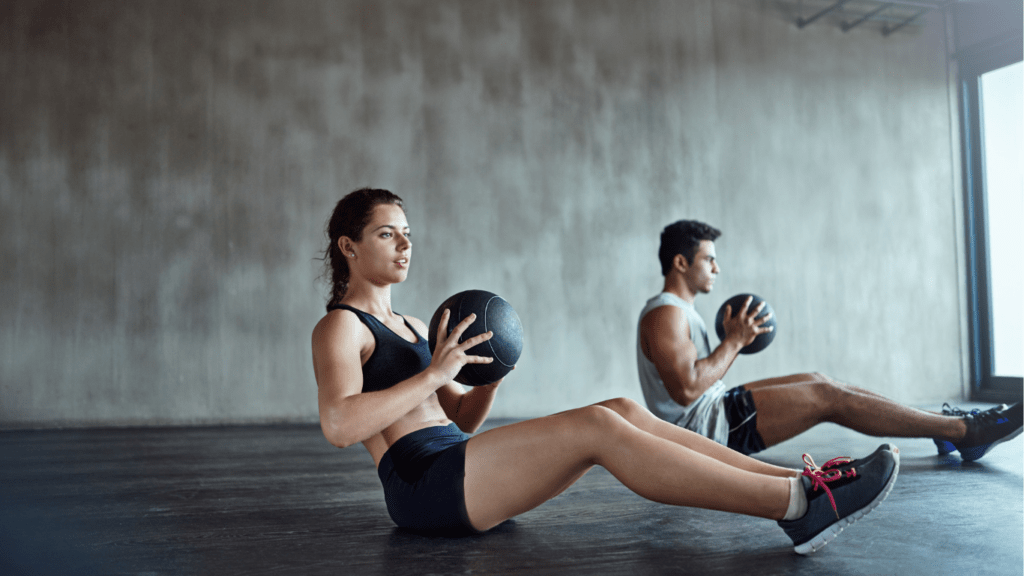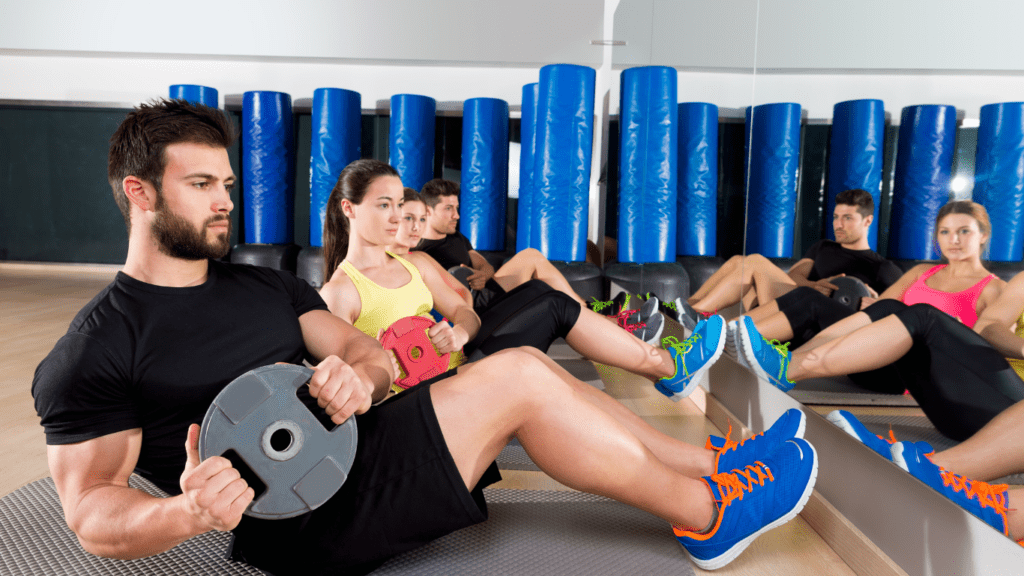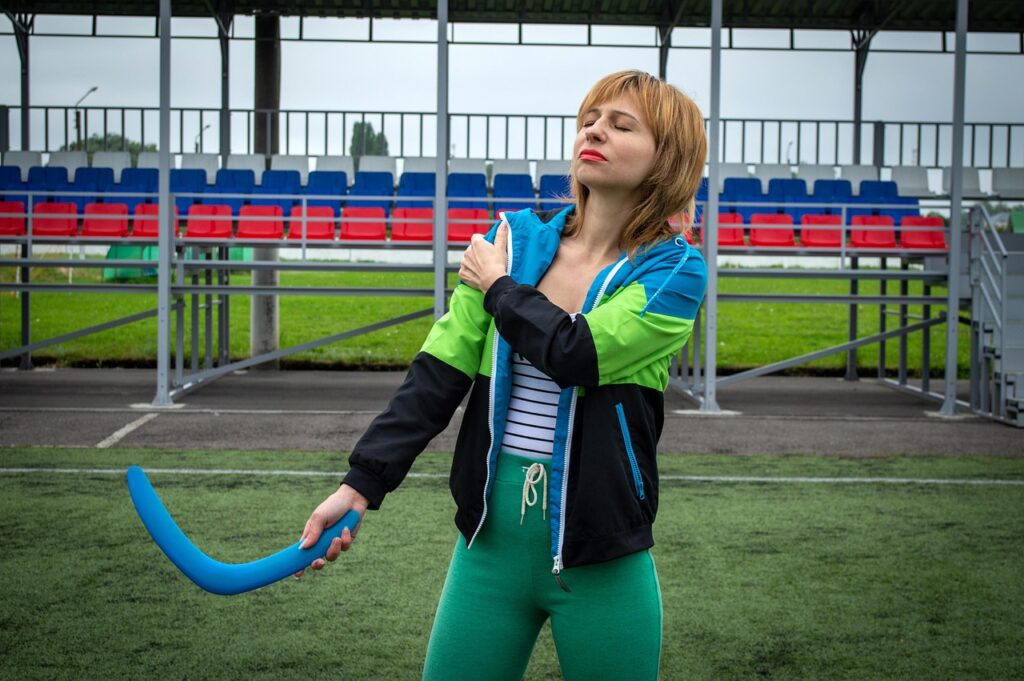When it comes to athletic performance, many people focus on speed, power, or endurance, but the true foundation often lies in something less obvious—core strength and stability. Your core isn’t just about having six-pack abs; it’s the powerhouse that connects your upper and lower body, enabling controlled, efficient movement in every sport or activity.
Understanding Core Strength and Stability
Core strength and stability are critical components of peak athletic performance. A well-conditioned core supports movement efficiency, enhances control, and minimizes injury risks.
What Is Core Strength?
Core strength refers to the ability of the muscles in the abdominal, lower back, pelvic, and hip regions to produce force. These muscles, including:
- rectus abdominis
- obliques
- erector spinae
- transverse abdominis
work together to stabilize the spine and pelvis during dynamic actions. For example, movements like sprinting, jumping, or throwing depend heavily on core muscle engagement to generate and transfer power. Without adequate core strength, these actions lose precision and efficiency.
The Role of Stability in Athletic Performance
Stability relates to the core’s capacity to resist unwanted motion and maintain control under stress. It ensures balance and alignment during complex actions such as pivoting in basketball or during a golf swing. Core stability enhances postural control, allowing athletes to maintain proper form even under fatigue or external forces. Effective stability reduces compensatory movements, which often lead to strain, inefficiency, or injury.
The Importance of Core Strength for Athletes
Core strength is essential for athletes aiming to perform at their best. It impacts nearly every movement, ensuring efficiency, power, and stability.
Injury Prevention Through a Strong Core
- A strong core reduces the risk of injuries during athletic activities.
- Core muscles, including the transverse abdominis and obliques, stabilize the spine and pelvis, protecting them from strain during high-impact motions. For example, a stable core absorbs forces effectively when landing from a jump or pivoting during a sprint.
- Weak core muscles often lead to overcompensation by other areas, increasing the likelihood of strains or muscle imbalances.
- Research published in the American Journal of Sports Medicine highlights that core stability training cuts injury risk, especially in the lower extremities, by enhancing neuromuscular control.
Enhancing Power and Balance
Core strength directly amplifies power and balance. Force generation in actions like throwing, kicking, or swinging stems from the core transmitting energy between the upper and lower body efficiently. For instance, explosive movements in sports such as basketball or tennis rely on core-driven power to maximize speed and control. Improved balance also comes from a robust core, as stabilizing muscles support dynamic movements like rapid direction changes or maintaining control on uneven surfaces. Studies from Journal of Strength and Conditioning Research show that athletes with superior core strength exhibit better balance and produce higher peak power during activities.
Key Exercises to Build Core Strength and Stability

Building core strength and stability requires targeted exercises that engage key muscle groups. I focus on bodyweight movements and advanced techniques to optimize athletic performance.
Bodyweight Core Exercises
Bodyweight exercises improve foundational core strength without equipment. I find planks to be a versatile option, engaging the rectus abdominis, obliques, and transverse abdominis. Side planks target the obliques further, contributing to lateral stability. Glute bridges strengthen the posterior chain, enhancing core stabilization during dynamic actions. Hollow-body holds activate deep abdominal muscles essential for maintaining pelvic alignment. Mountain climbers add an element of cardio, testing endurance while engaging multiple core muscles.
Advanced Training Techniques for Athletes
Advanced techniques enhance functional core stability tailored to athletic demands. Medicine ball slams combine rotational force and speed, mimicking real athletic movements. Cable woodchoppers develop rotational control, critical for sports like tennis or baseball. Single-arm farmer’s carries improve anti-rotational stability, challenging the core to resist asymmetrical loads. Unstable surface training, such as using BOSU balls, boosts neuromuscular coordination for dynamic balance. I recommend incorporating barbell rollouts for anterior core engagement, replicating the demands of high-intensity activities.
How Core Strength Boosts Athletic Performance
Core strength directly enhances athletic performance by connecting and stabilizing the upper and lower body. It enables efficient movement, supports power generation, and provides a solid foundation for executing dynamic actions.
Sports-Specific Benefits of a Strong Core
Different sports require unique demands, but a strong core elevates performance universally. In running, the core stabilizes the pelvis, promoting efficient stride mechanics and reducing wasted energy. In sports like golf and tennis, rotational power relies heavily on core strength, improving swing speed or shot accuracy. Basketball and soccer athletes benefit from a strong core through better agility and quicker directional changes, as the core controls movement transitions. In swimming, core stability aligns the body in water, enhancing propulsion and minimizing drag. Regardless of the sport, athletes with a developed core often display improved control, power, and endurance.
Real-Life Examples of Core-Driven Success
Athletes at the elite level consistently attribute their success to core training. In football, quarterbacks leverage their core to generate torque for long, accurate throws. Tom Brady, known for his longevity in the NFL, has credited focused core work for maintaining his athletic performance. In track and field, sprinters like Usain Bolt maximized thrust and stride efficiency through core stability, translating to record-breaking speeds. Gymnasts rely on their core to achieve balance and perform complex maneuvers with precision. From endurance athletes completing marathons to fighters delivering powerful punches, core strength consistently underpins peak athletic performance.



 Lead Training Analyst
Lead Training Analyst
